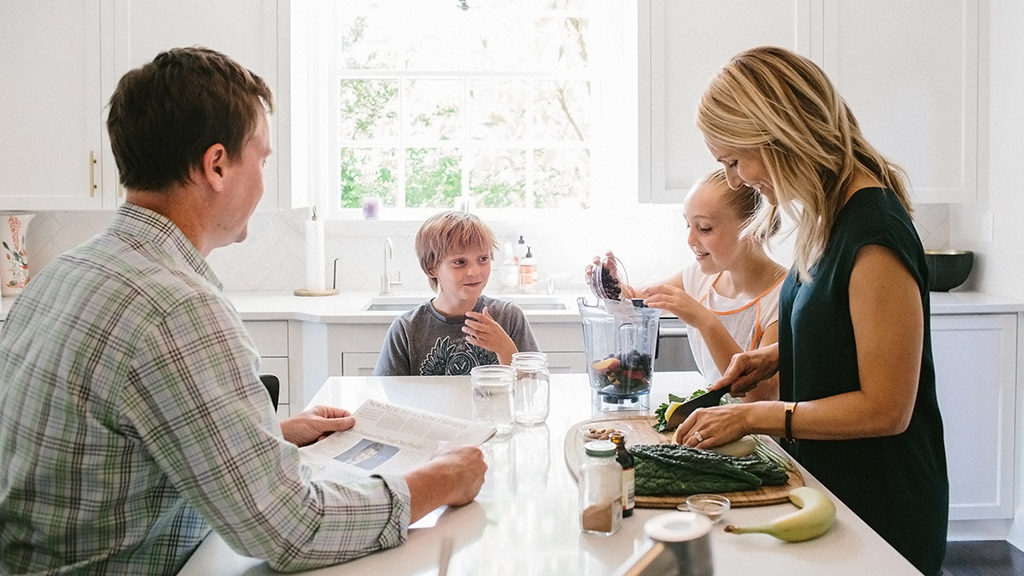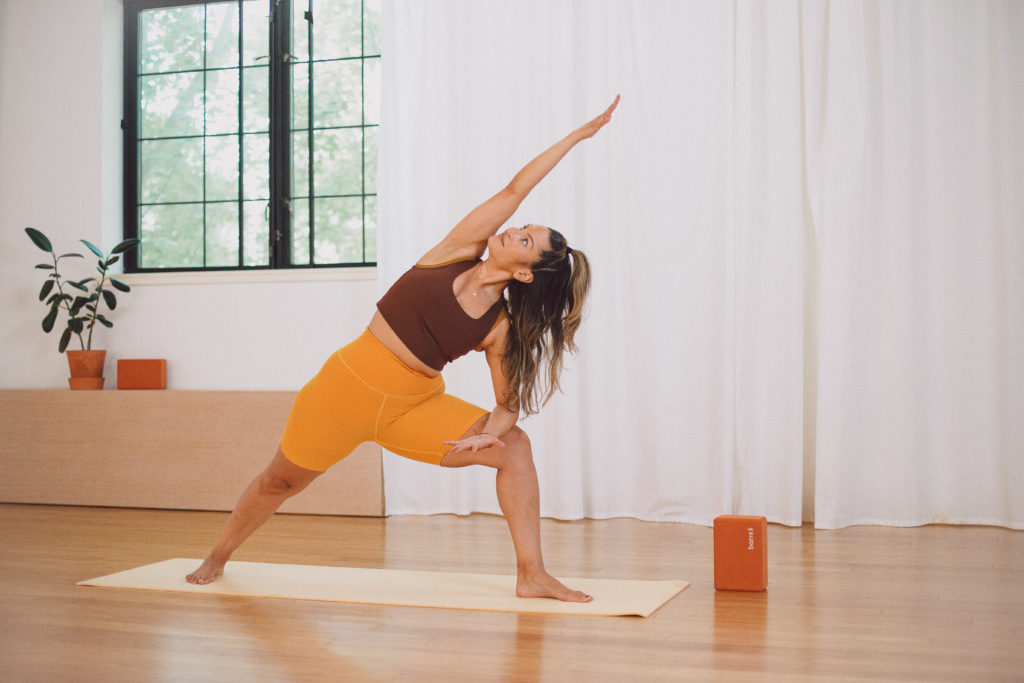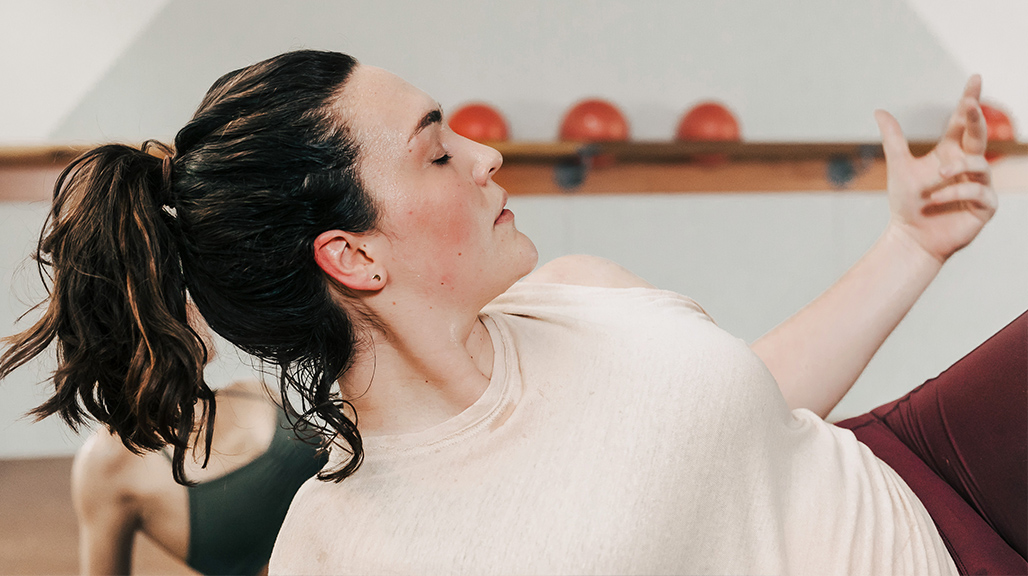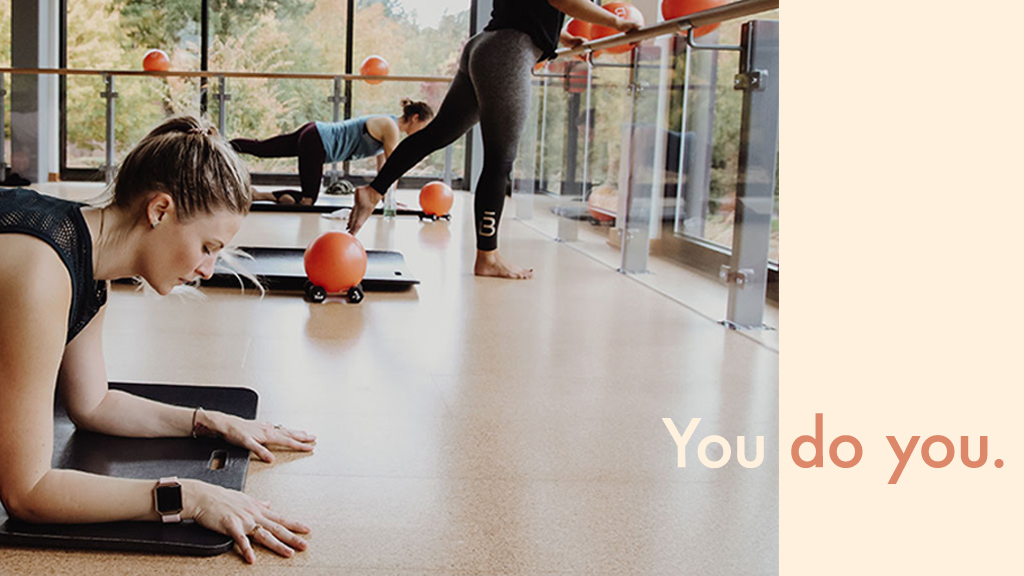Connect
Why Leadership Isn’t About Telling People What To Do
My 10-year-old son, Drew, has a newfound passion for baking. He’ll pour over cooking websites, pick out a recipe, and get to work in the kitchen. He’s had some amazingly delicious results, but that’s not what makes me the most proud. What I love is that he’s following his passion. No one told him to bake, and he’s not doing it to please anyone or to win anything. He’s doing it because he loves it, and that—not his buttery cookies or beautiful cakes—is what warms my heart.
Why? Because I’ve built my life around trying to show my children by example that you can pursue your passion. That’s a huge part of why I started barre3 eight years ago. I wanted to show Drew and his sister, Audrey, that I could be successful professionally by doing what I loved—and that I could do it by treating people kindly. Could I have just told them this with a few parent-child talks over the years in hopes that the lesson would stick? Maybe—but I know how I am inspired, and it’s not by being told how to act or what to believe; it’s by witnessing people doing good in this world. I’m not a big rule person when it comes to parenting. I don’t subscribe to one specific “method” of child-rearing nor do I have a library full of how-to books. But I do have one principle that guides my parenting style: Lead by example.
In fact, leading by example has become my guiding principle when it comes to business, too. Just as I don’t tell my kids how to live, I work hard to share my experiences with my barre3 team versus giving them direct advice about what to do. I am often asked how I’ve built such a passionate team. My answer is that I haven’t tried to create passion in others. I do, however, give them space to experience barre3 on their own terms and participate in a way that is authentic to them as individuals. I value how they see our company from their own perspectives, and I give them freedom to evolve what we do, drawing from their unique points of view and their personal connections with barre3.
When I am in a heated conversation or helping to resolve conflict, I often imagine my children in the room with me. Would I like them to see how I’m dealing with this conflict? Picturing them in the room with me reminds me to listen and to be kind, confident, and strong—to set the kind of example I can feel proud of.
You’ll even see the lead-by-example in barre3 workouts. For each posture and move, we show you how to modify it to suit your body’s needs, whether that means dialing it back a bit or taking it turbo. We don’t dictate that you move a certain way. Instead we empower you with choices. We believe that you know your body best and you are your own best teacher. Our job is to give you the tools you need to create the best workout for you.
What I love about the leading-by-example approach is that it builds a culture of mutual respect, and that’s key to healthy relationships, whether it’s with your children, your colleagues, or your clients. In my experience, dictating a rigid formula sends the message that you don’t trust people to make decisions for themselves. But sharing your experience and encouraging them to think and act for themselves shows that you value them. You empower them to make their own decisions, and that builds strength and confidence.
Am I a flawless leader? Not even close! Leading like this is a practice. Each day I work on building awareness when I slip out of my leading-by-example mode. I try to catch myself when I interfere with my kids creativity, or when I start micro-managing a team member, and I apologize—which, I hope, is also leading by example, showing that it’s ok to be vulnerable, and that it’s possible to move on after a slip. And then I work to come back to center, using my lead-by-example principle as my North Star.
My 10-year-old son, Drew, has a newfound passion for baking. He’ll pour over cooking websites, pick out a recipe, and get to work in the kitchen. He’s had some amazingly delicious results, but that’s not what makes me the most proud. What I love is that he’s following his passion. No one told him to bake, and he’s not doing it to please anyone or to win anything. He’s doing it because he loves it, and that—not his buttery cookies or beautiful cakes—is what warms my heart.
Why? Because I’ve built my life around trying to show my children by example that you can pursue your passion. That’s a huge part of why I started barre3 eight years ago. I wanted to show Drew and his sister, Audrey, that I could be successful professionally by doing what I loved—and that I could do it by treating people kindly. Could I have just told them this with a few parent-child talks over the years in hopes that the lesson would stick? Maybe—but I know how I am inspired, and it’s not by being told how to act or what to believe; it’s by witnessing people doing good in this world. I’m not a big rule person when it comes to parenting. I don’t subscribe to one specific “method” of child-rearing nor do I have a library full of how-to books. But I do have one principle that guides my parenting style: Lead by example.
In fact, leading by example has become my guiding principle when it comes to business, too. Just as I don’t tell my kids how to live, I work hard to share my experiences with my barre3 team versus giving them direct advice about what to do. I am often asked how I’ve built such a passionate team. My answer is that I haven’t tried to create passion in others. I do, however, give them space to experience barre3 on their own terms and participate in a way that is authentic to them as individuals. I value how they see our company from their own perspectives, and I give them freedom to evolve what we do, drawing from their unique points of view and their personal connections with barre3.
When I am in a heated conversation or helping to resolve conflict, I often imagine my children in the room with me. Would I like them to see how I’m dealing with this conflict? Picturing them in the room with me reminds me to listen and to be kind, confident, and strong—to set the kind of example I can feel proud of.
You’ll even see the lead-by-example in barre3 workouts. For each posture and move, we show you how to modify it to suit your body’s needs, whether that means dialing it back a bit or taking it turbo. We don’t dictate that you move a certain way. Instead we empower you with choices. We believe that you know your body best and you are your own best teacher. Our job is to give you the tools you need to create the best workout for you.
What I love about the leading-by-example approach is that it builds a culture of mutual respect, and that’s key to healthy relationships, whether it’s with your children, your colleagues, or your clients. In my experience, dictating a rigid formula sends the message that you don’t trust people to make decisions for themselves. But sharing your experience and encouraging them to think and act for themselves shows that you value them. You empower them to make their own decisions, and that builds strength and confidence.
Am I a flawless leader? Not even close! Leading like this is a practice. Each day I work on building awareness when I slip out of my leading-by-example mode. I try to catch myself when I interfere with my kids creativity, or when I start micro-managing a team member, and I apologize—which, I hope, is also leading by example, showing that it’s ok to be vulnerable, and that it’s possible to move on after a slip. And then I work to come back to center, using my lead-by-example principle as my North Star.











10 people have left a comment. Join the conversation!
View Comments